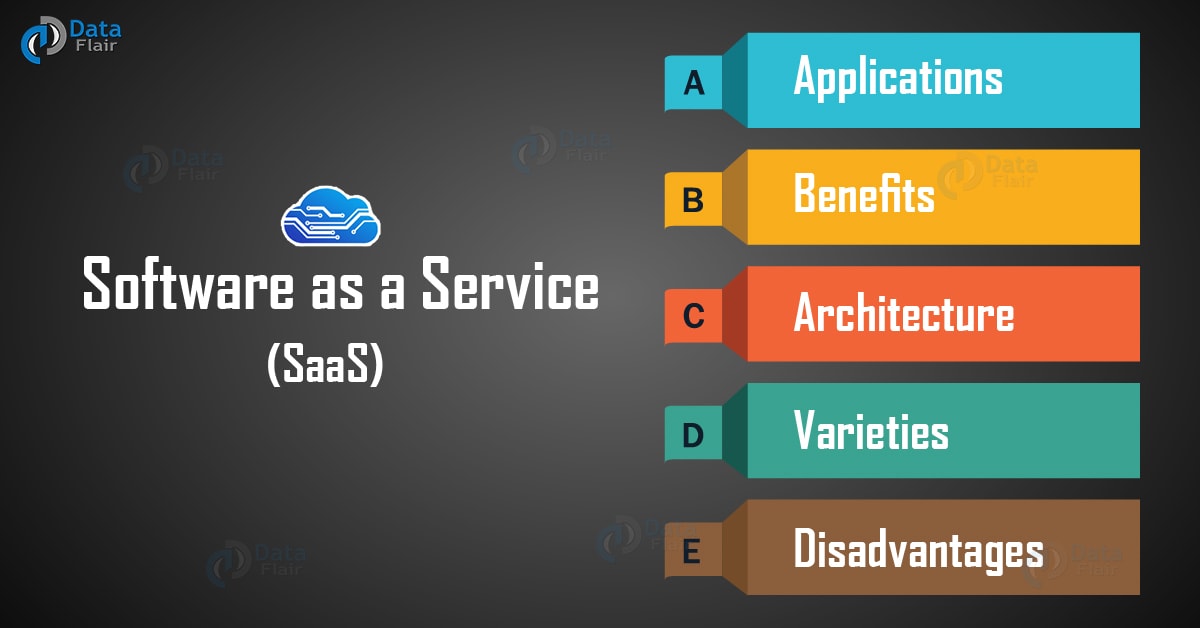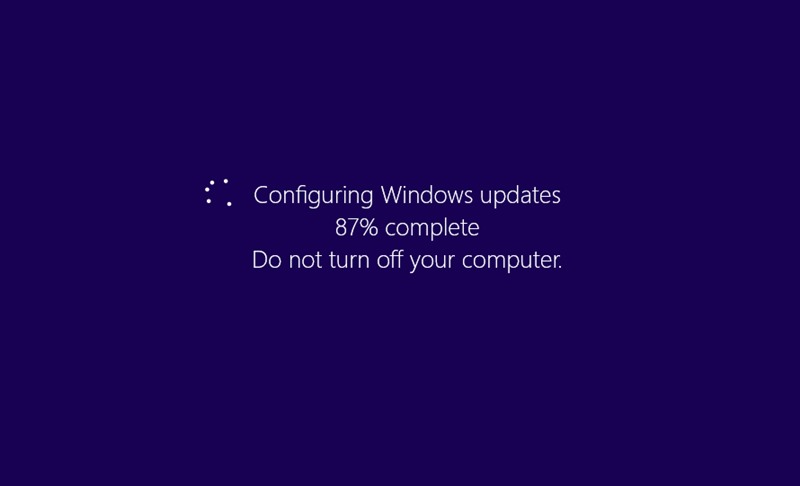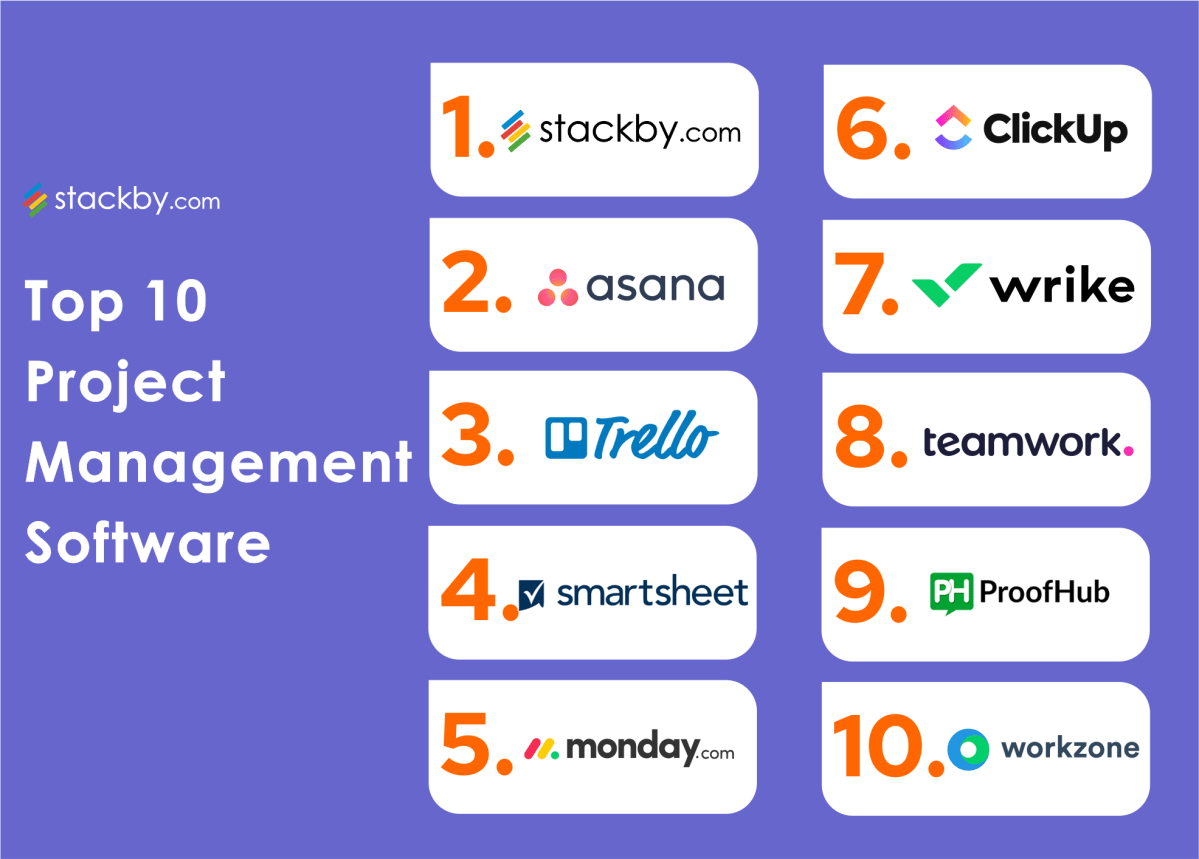Managed Services: 7 Powerful Benefits for Business Growth
In today’s fast-evolving digital landscape, businesses are turning to Managed Services to stay agile, secure, and efficient. Discover how this game-changing approach can transform your operations.
What Are Managed Services?

Managed Services refer to the practice of outsourcing specific IT or business functions to a third-party provider who proactively manages and maintains them. Unlike traditional break-fix models, where support is reactive, managed services operate on a continuous, preventive basis. This shift from reactive to proactive support is one of the most significant evolutions in modern business operations.
Definition and Core Concept
At its core, Managed Services involve a service provider assuming responsibility for managing a client’s IT infrastructure, applications, or business processes under a clearly defined service level agreement (SLA). The provider delivers ongoing support, monitoring, maintenance, and optimization, ensuring systems run smoothly and securely.
According to Gartner, managed services are “outsourced services that are ongoing and proactive, typically delivered via a subscription model.” This definition highlights the shift from incident-based support to continuous operational oversight.
How Managed Services Differ from Traditional IT Support
Traditional IT support is often reactive—businesses call for help only when something breaks. This approach can lead to downtime, data loss, and inefficiencies. In contrast, Managed Services are proactive. Providers monitor systems 24/7, identify potential issues before they escalate, and apply updates, patches, and security measures in real time.
- Reactive vs. Proactive: Traditional IT waits for problems; managed services prevent them.
- Cost Model: Traditional IT often charges per incident; managed services use predictable monthly fees.
- Scope: Traditional support may cover only hardware or software; managed services offer end-to-end solutions including cybersecurity, cloud management, and compliance.
“The shift from break/fix to managed services is not just technological—it’s a strategic transformation in how businesses manage risk and innovation.” — TechTarget
Top 7 Benefits of Managed Services for Businesses
Organizations of all sizes are embracing Managed Services for their transformative impact. From startups to enterprises, the advantages are measurable and far-reaching. Let’s explore the seven most powerful benefits that make managed services a strategic imperative.
1. Cost Efficiency and Predictable Budgeting
One of the most compelling reasons businesses adopt Managed Services is cost control. Instead of unpredictable IT expenses—like emergency repairs or unplanned upgrades—companies pay a fixed monthly fee. This allows for accurate forecasting and better financial planning.
For example, a small business spending $5,000 on an unexpected server failure could have avoided it with a $500/month managed service plan that includes monitoring, backups, and maintenance. Over time, this predictability leads to significant savings.
- Eliminates surprise repair bills
- Reduces need for in-house IT staff
- Includes software licensing, updates, and security in one package
A study by IDC found that organizations using managed services reduced their IT operational costs by up to 25% over three years.
2. Enhanced Security and Compliance
Cybersecurity threats are growing in frequency and sophistication. Managed Services providers (MSPs) offer advanced security tools like endpoint protection, intrusion detection, firewall management, and 24/7 threat monitoring—resources many small and mid-sized businesses can’t afford independently.
Moreover, MSPs help organizations comply with regulations such as GDPR, HIPAA, or CCPA by implementing data encryption, access controls, and audit-ready reporting. This is especially critical for industries handling sensitive customer data.
- Regular vulnerability assessments and penetration testing
- Automated patch management to close security gaps
- Incident response planning and breach recovery support
“60% of small businesses hit by a cyberattack go out of business within six months.” — National Cyber Security Alliance
3. 24/7 Monitoring and Proactive Maintenance
Managed Services providers use advanced monitoring tools to track network performance, server health, and application behavior around the clock. When anomalies are detected—like a failing hard drive or unusual login attempts—the system alerts the MSP before users are affected.
This proactive approach minimizes downtime and prevents minor issues from becoming major disruptions. For instance, a monitored server showing high CPU usage might be optimized before it crashes during peak business hours.
- Real-time alerts for performance degradation
- Automated backups and disaster recovery testing
- Performance tuning and resource optimization
Platforms like LogicMonitor and Datadog are commonly used by MSPs to deliver this level of visibility and control.
4. Access to Expertise and Advanced Technology
Hiring a full-time cybersecurity expert, cloud architect, or network engineer can be prohibitively expensive. With Managed Services, businesses gain access to a team of specialists without the overhead of salaries, benefits, and training.
MSPs invest heavily in cutting-edge tools and certifications, passing those benefits directly to clients. Whether it’s deploying a zero-trust security model or migrating to Microsoft Azure, the expertise is built into the service.
- Access to certified professionals (CISSP, CCNA, AWS, etc.)
- Use of enterprise-grade tools at a fraction of the cost
- Staying current with tech trends and best practices
5. Scalability and Business Flexibility
As businesses grow, their IT needs evolve. Managed Services are inherently scalable—providers can quickly add users, increase storage, or deploy new applications based on demand.
For example, a company expanding into a new market can onboard remote employees with secure access, cloud collaboration tools, and localized support—all managed seamlessly by the MSP. This agility allows businesses to respond faster to market opportunities.
- Easy onboarding of new employees and devices
- Cloud infrastructure that scales with usage
- Support for hybrid and remote work models
6. Improved Focus on Core Business Goals
When IT issues are handled by a trusted partner, internal teams can focus on innovation, customer service, and strategic initiatives. Instead of troubleshooting network outages, managers can concentrate on improving products or entering new markets.
This shift in focus is especially valuable for small businesses where every employee wears multiple hats. Offloading IT to a managed provider frees up time and mental bandwidth for higher-value activities.
- Reduced internal IT burden
- Increased productivity and employee satisfaction
- Strategic alignment with business objectives
7. Disaster Recovery and Business Continuity
Downtime is costly—both financially and reputationally. Managed Services include robust disaster recovery (DR) and business continuity planning (BCP) to ensure operations can resume quickly after an outage, cyberattack, or natural disaster.
MSPs implement automated backups, offsite data replication, and failover systems. They also conduct regular DR drills to test recovery times and refine response protocols.
- Automated daily backups with versioning
- Recovery Time Objectives (RTO) and Recovery Point Objectives (RPO) defined in SLAs
- Cloud-based failover environments for rapid restoration
According to IBM’s Cost of a Data Breach Report, organizations with effective incident response teams and automated recovery systems saved over $1 million on average per breach.
Common Types of Managed Services Offered
Managed Services span a wide range of IT and business functions. While the core idea remains the same—outsourced, proactive management—the specific offerings vary based on industry needs and technological demands. Below are the most common types businesses rely on today.
Managed IT Infrastructure Services
These services cover the backbone of any organization: servers, networks, workstations, and data centers. MSPs monitor performance, apply updates, manage configurations, and ensure hardware longevity.
- Server monitoring and maintenance
- Network performance optimization
- Hardware lifecycle management and replacement planning
This is ideal for companies without dedicated IT staff or those looking to modernize legacy systems.
Managed Cloud Services
With the rise of cloud computing, many businesses are moving away from on-premise infrastructure. Managed Cloud Services help organizations migrate, manage, and optimize their cloud environments across platforms like AWS, Microsoft Azure, and Google Cloud.
Providers handle cloud security, cost optimization, resource scaling, and integration with existing systems. They also assist with hybrid cloud models, where some data stays on-premise while other workloads run in the cloud.
- Cloud migration planning and execution
- Cost monitoring and optimization (avoiding cloud sprawl)
- Multi-cloud management and governance
For more on cloud best practices, see AWS’s Cloud Adoption Framework.
Managed Cybersecurity Services
Given the rising threat landscape, Managed Cybersecurity Services are among the fastest-growing segments. These include firewall management, endpoint detection and response (EDR), email security, vulnerability scanning, and security awareness training.
Many MSPs now offer Managed Detection and Response (MDR) services, which combine advanced tools with human expertise to detect and neutralize threats in real time.
- 24/7 Security Operations Center (SOC) monitoring
- Phishing simulation and employee training
- Compliance reporting for regulatory standards
“By 2025, 70% of organizations will rely on external providers for cybersecurity operations, up from 10% in 2021.” — Gartner
How to Choose the Right Managed Services Provider
Selecting the right Managed Services provider is a critical decision that can impact your business’s performance, security, and scalability. Not all MSPs are created equal—some specialize in certain industries, technologies, or service levels. Here’s how to make an informed choice.
Key Factors to Evaluate
Before signing a contract, assess the provider’s technical capabilities, experience, and cultural fit. Ask about their certifications, client portfolio, and support model.
- Experience and Reputation: Look for case studies, client testimonials, and industry recognition.
- Service Offerings: Ensure they provide the specific services you need (e.g., cloud, security, compliance).
- Support Model: Do they offer 24/7 helpdesk? What’s their average response time?
Check third-party review platforms like Gartner Peer Insights or Capterra for unbiased feedback.
Importance of SLAs and Uptime Guarantees
A Service Level Agreement (SLA) defines the scope, performance metrics, and accountability of the managed services relationship. It should clearly outline:
- Uptime guarantees (e.g., 99.9%)
- Response and resolution times for incidents
- Backup frequency and recovery objectives
- Penalties for non-compliance
A strong SLA ensures transparency and sets clear expectations. For example, if your provider promises a 1-hour response time for critical issues, they must meet it—or face financial consequences.
Industry-Specific Needs and Compliance Requirements
Different industries have unique regulatory and operational demands. A healthcare provider needs HIPAA-compliant data handling, while a financial firm must adhere to PCI-DSS standards.
Choose an MSP with proven experience in your sector. They should understand your compliance obligations and have the tools and processes to meet them.
- Ask for compliance audit reports (SOC 2, ISO 27001, etc.)
- Verify data residency and encryption practices
- Ensure they support industry-specific software integrations
Managed Services vs. In-House IT: A Strategic Comparison
The decision between building an internal IT team and outsourcing to a Managed Services provider is not just about cost—it’s about strategy, risk, and long-term growth. Let’s compare both models across key dimensions.
Cost Comparison and ROI Analysis
In-house IT requires significant capital investment: salaries, benefits, training, hardware, software licenses, and office space. For a mid-sized company, a full IT team can cost $300,000+ annually.
In contrast, Managed Services typically cost $100–$200 per user per month. For a 50-person company, that’s $60,000–$120,000 per year—often with broader coverage and better tools.
- In-house: High fixed costs, limited scalability
- Managed Services: Predictable OpEx, easy to scale up or down
- ROI: Faster innovation, reduced downtime, lower risk
A McKinsey study found that companies outsourcing IT functions saw a 15–20% improvement in operational efficiency.
Scalability and Flexibility
In-house teams struggle to scale quickly. Hiring new staff takes weeks or months. With Managed Services, scaling is immediate—add users, storage, or services with a simple request.
This flexibility is crucial for seasonal businesses, startups, or companies undergoing digital transformation.
- Managed Services: Instant access to additional resources
- In-house: Recruitment delays and onboarding time
- Hybrid models: Some companies keep core IT in-house while outsourcing specialized functions
Risk Management and Business Continuity
In-house teams may lack the tools or expertise to handle sophisticated cyber threats or large-scale disasters. Managed Services providers, by contrast, specialize in risk mitigation.
They have dedicated security teams, redundant infrastructure, and tested disaster recovery plans. This reduces the likelihood and impact of disruptions.
- Proactive threat detection and response
- Regular backups and failover systems
- Compliance and audit support
“Organizations using managed services report 40% less downtime than those relying solely on in-house IT.” — CompTIA
The Future of Managed Services: Trends and Innovations
The Managed Services landscape is evolving rapidly, driven by advancements in AI, automation, and cloud computing. Providers are no longer just IT helpers—they’re strategic partners enabling digital transformation.
Rise of AI and Automation in Managed Services
Artificial Intelligence (AI) and Machine Learning (ML) are revolutionizing how MSPs deliver services. AI-powered tools can predict hardware failures, detect anomalies in network traffic, and automate routine tasks like patching and user provisioning.
For example, AI-driven analytics can identify a server’s declining performance weeks before a failure, allowing preemptive action. Automation tools can deploy security updates across hundreds of devices in minutes.
- Predictive maintenance using AI analytics
- Chatbots for Tier 1 support and user assistance
- Automated incident response workflows
According to MarketsandMarkets, the global managed services market is expected to grow from $275 billion in 2023 to over $450 billion by 2028, fueled largely by AI integration.
Increased Focus on Cybersecurity and Zero Trust
As cyber threats grow more sophisticated, Managed Services providers are adopting Zero Trust security models—where no user or device is trusted by default, even inside the network.
MSPs are integrating multi-factor authentication (MFA), identity and access management (IAM), and continuous monitoring into their offerings. This shift is essential for protecting remote workforces and cloud environments.
- Zero Trust architecture implementation
- Endpoint detection and response (EDR/XDR)
- Security awareness training as a service
Growing Demand for Industry-Specific Managed Services
Generic IT support is no longer enough. Businesses want managed services tailored to their industry—whether it’s healthcare, finance, manufacturing, or education.
Specialized MSPs understand regulatory requirements, industry workflows, and unique pain points. For example, a healthcare-focused MSP will ensure HIPAA compliance, integrate with EHR systems, and protect patient data with military-grade encryption.
- Custom SLAs based on industry risk profiles
- Integration with vertical-specific software (e.g., Epic, QuickBooks, SAP)
- Dedicated compliance and audit support
Real-World Use Cases of Managed Services Success
Theoretical benefits are compelling, but real-world examples demonstrate the tangible impact of Managed Services. Let’s look at how different organizations have leveraged managed services to overcome challenges and drive growth.
Small Business: Retail Chain Enhances Security and Uptime
A regional retail chain with 15 locations struggled with frequent POS system crashes and weak cybersecurity. After partnering with a managed services provider, they implemented:
- 24/7 network monitoring
- Automated backups and patch management
- Endpoint protection and employee training
Result: 99.9% uptime, zero data breaches in 18 months, and a 30% reduction in IT costs.
Mid-Sized Enterprise: Manufacturing Firm Migrates to Cloud
A manufacturing company needed to modernize its legacy ERP system and support remote engineers. The MSP designed a hybrid cloud solution, migrating critical data to Azure while maintaining on-premise control for production systems.
- Seamless cloud migration with zero downtime
- Secure remote access for field technicians
- Real-time inventory and production tracking
Outcome: 40% faster reporting, improved supply chain visibility, and enhanced collaboration.
Healthcare Provider: Ensuring HIPAA Compliance and Patient Data Security
A multi-clinic healthcare provider faced audit risks due to outdated IT practices. The MSP implemented a HIPAA-compliant infrastructure with:
- Encrypted patient records
- Role-based access controls
- Regular security audits and staff training
Impact: Successful audit clearance, improved patient trust, and streamlined operations.
What are Managed Services?
Managed Services are outsourced IT or business functions managed proactively by a third-party provider under a service level agreement (SLA). They include monitoring, maintenance, security, and support to ensure smooth, secure operations.
How do Managed Services reduce costs?
They replace unpredictable IT expenses with a fixed monthly fee, reduce the need for in-house staff, and prevent costly downtime through proactive maintenance and security.
Are Managed Services secure?
Yes—reputable providers use advanced security tools, encryption, compliance frameworks, and 24/7 monitoring to protect client data and systems.
Can Managed Services support remote work?
Absolutely. MSPs provide secure cloud access, endpoint protection, collaboration tools, and network optimization to support distributed teams.
How do I choose the right Managed Services provider?
Evaluate their experience, service offerings, SLAs, security practices, and industry expertise. Check reviews and ask for client references.
Managed Services have evolved from a cost-saving tactic to a strategic advantage. By offering predictable costs, enhanced security, scalability, and access to cutting-edge technology, they empower businesses to focus on innovation and growth. Whether you’re a small startup or a growing enterprise, partnering with the right MSP can transform your operations, reduce risk, and future-proof your organization. The future of IT isn’t just managed—it’s intelligent, proactive, and indispensable.
Further Reading:







